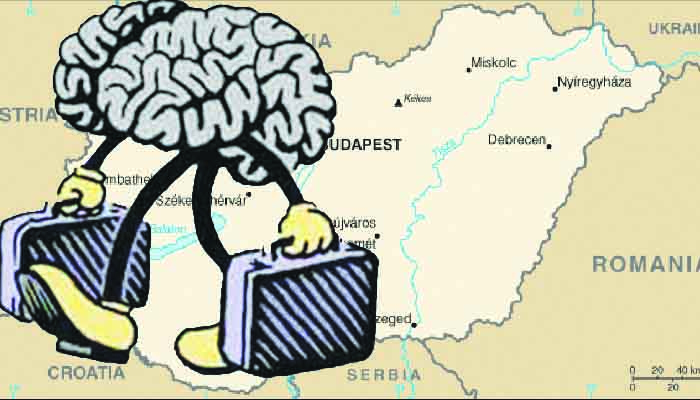By Akanimo Sampson
At a major conference on the brain drain phenomenon at the headquarters of the International Organisation for Migration (IOM) for Security and Cooperation in Europe (OSCE), the United Nations agency warned that Central and Eastern European countries are seeing dramatic shifts in their migration patterns, changing the makeup of communities and posing heretofore unseen challenges.
With 57 participating States in North America, Europe and Asia, OSCE is the world’s largest regional security organisation. It works for stability, peace and democracy for more than a billion people, through political dialogue about shared values and through practical work that aims to make a lasting difference.
OSCE is a forum for political dialogue on a wide range of security issues and a platform for joint action to improve the lives of individuals and communities. The organisation uses a comprehensive approach to security that encompasses the politico-military, economic and environmental, and human dimensions.
Through this approach, and with its inclusive membership, OSCE helps bridge differences and build trust between states by co-operating on conflict prevention, crisis management and post-conflict rehabilitation.
With its Institutions, expert units and network of field operations, the OSCE addresses issues that have an impact on our common security, including arms control, terrorism, good governance, energy security, human trafficking, democratisation, media freedom and national minorities.
In the mean time, speaking at Vienna’s Hofburg Palace, IOM’s Regional Director for South-Eastern Europe, Eastern Europe and Central Asia, Argentina Szabados, noted that the changing nature of work and demographic trends are having a significant impact on labour migration policies within the region.
According to Szabados, “the fast-moving digitalisation of work and the so-called gig economy are having significant and often unpredictable influences. Current migration levels and the demographic trends in the region suggest that labour mobility will continue to be a defining feature of the region. This is particularly true for non-offshorable and non-automatable occupations.’’
The conference gave government representatives, United Nations agencies, international organisations, and businesses an occasion to take stock of the evolution of human capital migration patterns, to re-examine existing conceptual frameworks and to renew cooperation.
The high-level dialogue also provided an opportunity to debate new ideas which can shape future policies, while introducing the business/work-forces nexus to contemporary debate.
The event was organised by the Southeast European Cooperative Initiative, under the patronage of Alexander van der Bellen, Federal President of the Republic of Austria.
While welcoming efforts made to accommodate and integrate migrant workers in the changing world of work, Szabados outlined the challenges faced by society: “We need to recognize that integration is not just about the services we offer to immigrants, but also the way we design our public spaces, the way we structure our housing policy, the way we organize our public transportation, and the way our media communicate.”
She added, “governments supporting labour mobility and employers bringing in foreign workers need to work together with local stakeholders to develop comprehensive approaches to support migrants’ integration and social cohesion within communities.’’

